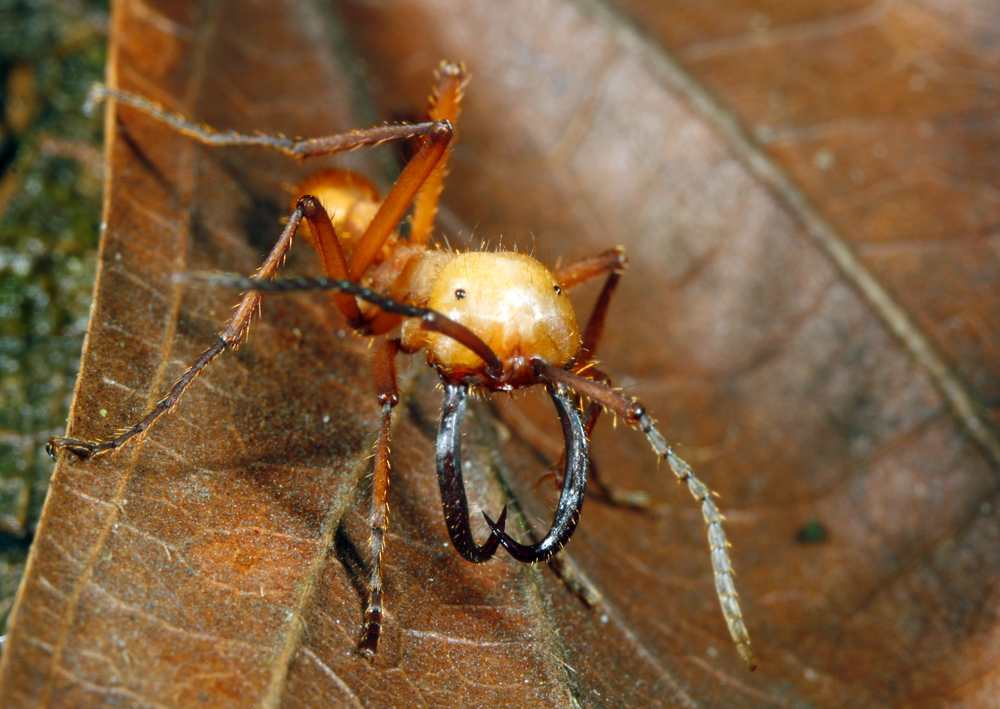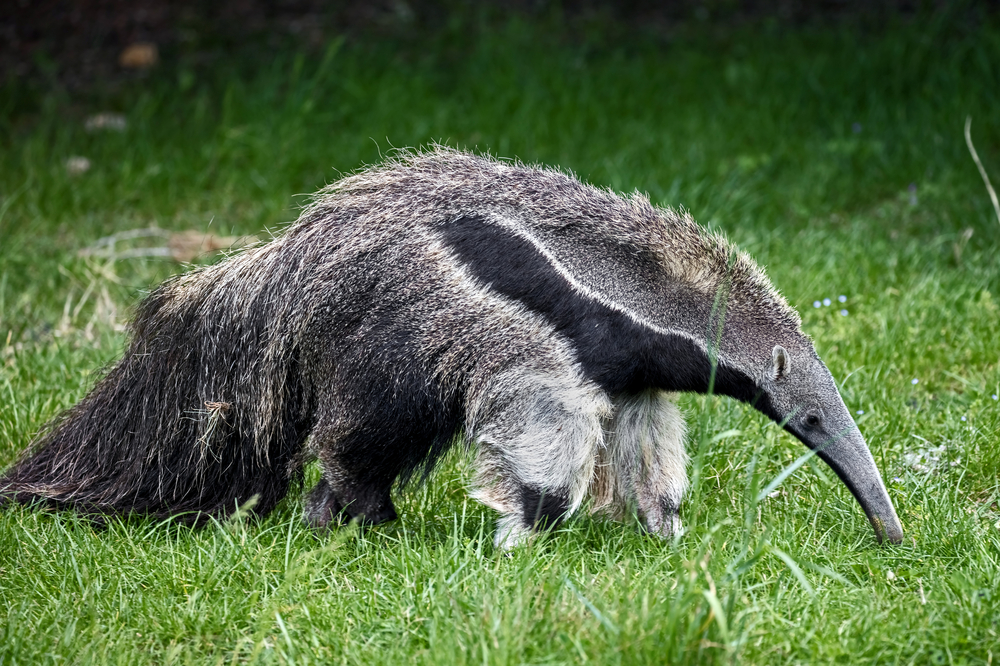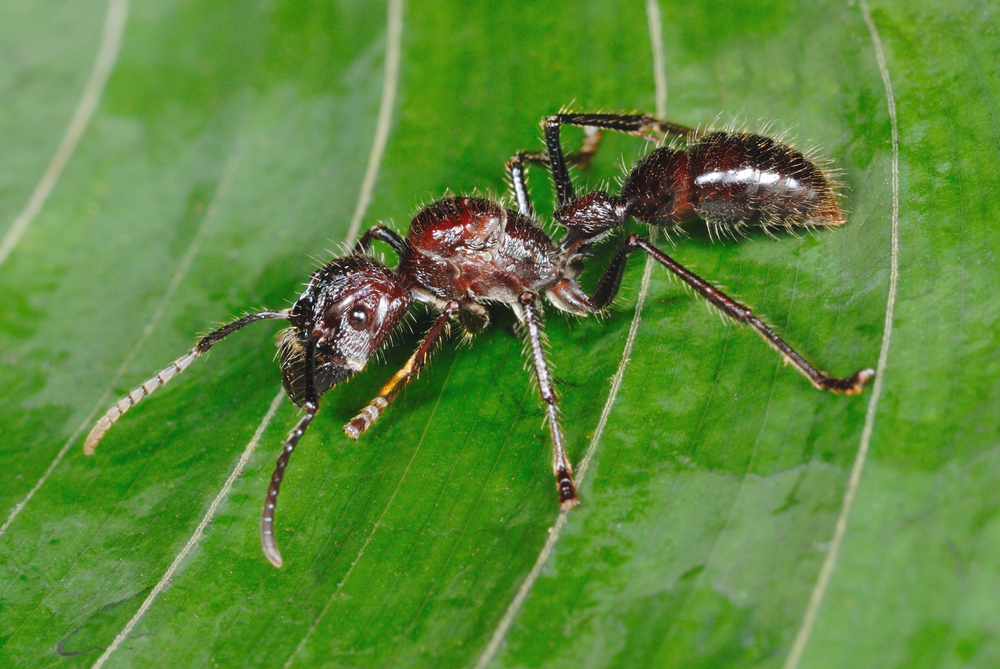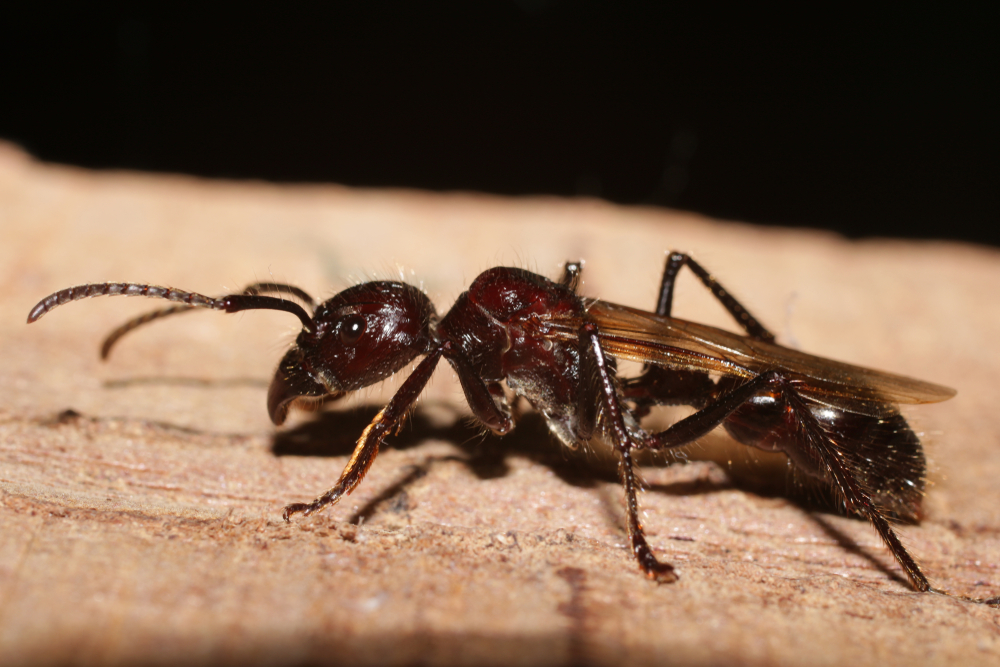The Bullet Ant (Paraponera clavata) and the Fire Ants (genus Solenopsis) are two distinct species of ants with several differences:
- Sting Pain: The most significant difference is in their sting. The Bullet Ant is famous for having one of the most painful insect stings in the world, earning it the nickname “24-hour ant” because the pain can last for up to 24 hours. In contrast, while Fire Ant stings are painful, they are not known to be as excruciating as the Bullet Ant’s sting.
- Size: Bullet Ants are generally larger than Fire Ants. Bullet Ant workers can reach up to 1 inch (2.5 cm) in length, making them one of the largest ant species. Fire Ants are smaller in comparison.
- Color: Bullet Ants are typically black or dark brown, while Fire Ants vary in color from reddish-brown to black.
- Habitat: Bullet Ants are primarily found in rainforests of South America, including the Amazon basin. Fire Ants, on the other hand, have a more extensive range and are found in various habitats worldwide, including urban areas.
- Behavior: Bullet Ants are solitary hunters and are known for their aggressive behavior when defending their nests. Fire Ants, particularly the Red Imported Fire Ants, are known for their aggressive colony behavior and will swarm and sting in defense of their nest.
- Venom: Both ants possess venomous stingers, but the composition of their venom differs. The Bullet Ant’s venom contains a potent neurotoxin, while Fire Ants release a combination of alkaloids and proteins in their venom.
In summary, while both the Bullet Ant and Fire Ants are known for their painful stings, the Bullet Ant is famous for having one of the most painful stings in the insect world, whereas Fire Ants are more widely distributed and have a reputation for aggressive colony behavior.






































































